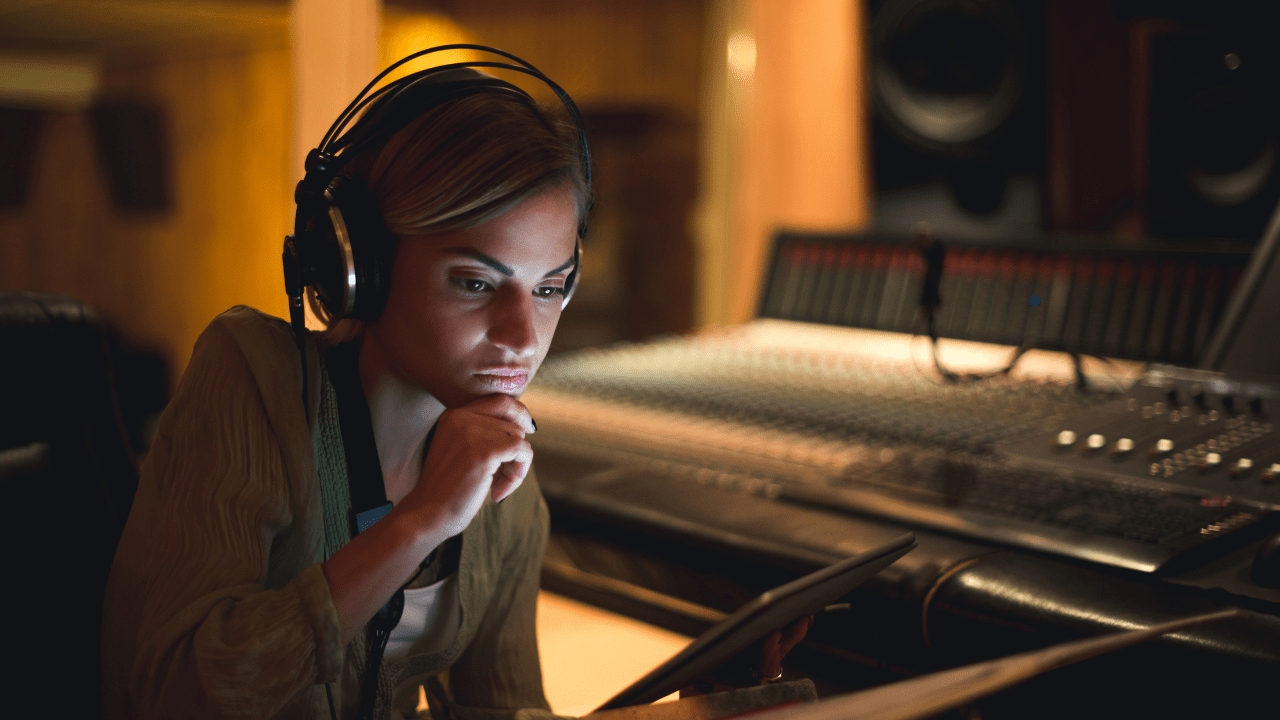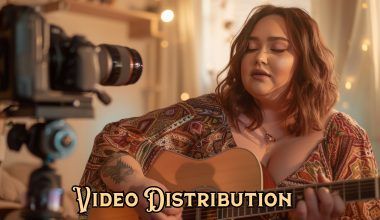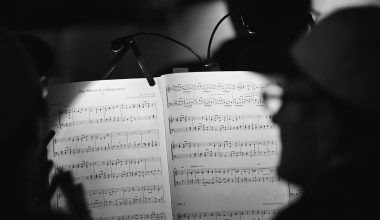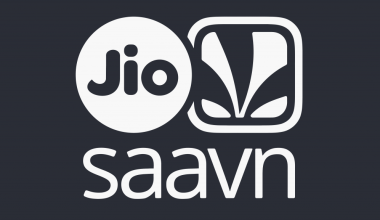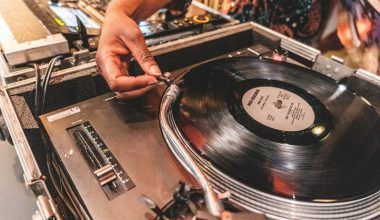Have you ever wondered how to make a song? Maybe you’ve been inspired by your favorite artists, or you have a tune stuck in your head that you can’t shake. The good news is, creating your own song is easier than you might think! With the right steps and tools, anyone can write and produce music—even beginners.
In this guide, we’ll take you through the entire process, from coming up with ideas to selling your finished track on platforms like Beatport. By the end, you’ll know how to turn your musical ideas into a complete, polished song.
Start with an Idea
Every great song starts with an idea. You don’t need to be an experienced musician to come up with one—just think about what you want to express.
Ask Yourself:
- What story do I want to tell? Songs often explore themes like love, heartbreak, happiness, or adventure.
- What mood do I want to create? Is your song upbeat and fun, or slow and emotional?
- Who is my audience? Knowing your audience helps you craft a song that resonates with them.
Where to Find Inspiration:
- Personal Experiences: Reflect on your own life—moments of joy, sadness, or triumph.
- Other Songs: Listen to music you love. Pay attention to the lyrics, melodies, and rhythms.
- Everyday Life: Sometimes, a phrase someone says or a scene in a movie can spark an idea.
Tip: Carry a notebook or use a notes app on your phone to jot down ideas when they strike. Inspiration can come at the most unexpected times!
Writing the Lyrics
Writing lyrics might seem intimidating, but it’s just about expressing your thoughts and emotions in words. Think of lyrics as poetry set to music.
Steps to Write Great Lyrics:
- Start with a Hook: The hook is the catchiest part of your song—it’s what people remember. Often, it’s the chorus.
Example: “Let it go, let it go…” from Frozen. - Tell a Story: Use the verses to expand on the hook. What’s happening? How do you feel?
- Keep It Simple: Don’t overthink. Write as you would talk. Short, clear sentences are often more powerful.
Lyric Structures to Use:
- Verse-Chorus-Verse: A classic structure where the chorus repeats after each verse.
- AABA: Two similar sections, followed by something different, then back to the original.
Tools That Can Help:
- RhymeZone: For finding rhymes.
- Thesaurus.com: To find synonyms and make your lyrics more creative.
Creating a Melody
The melody is the heart of your song—it’s the part that people hum or sing along to. You don’t need to be a musical genius to create one.
How to Create a Melody:
- Sing or Hum: Start by singing or humming random tunes. Don’t worry if it’s perfect—just play around.
- Use a Keyboard or Guitar: Experiment with different notes and chords.
- Try Music Software: Programs like GarageBand or FL Studio let you create melodies even if you can’t play an instrument.
Tips for Catchy Melodies:
- Repetition: Repeat parts of your melody to make it stick.
- Contrast: Use high and low notes to create variety.
- Emotion: Match the mood of your melody to the message of your lyrics.
Building the Instrumentals
The instrumental part of your song adds depth and energy. This is where you decide what instruments or sounds to use.
Start with These Steps:
- Choose Your Main Instrument: Will it be piano, guitar, or electronic beats?
- Add Layers: Build your track piece by piece. Start with a beat, then add chords, bass, and melody.
- Experiment: Don’t be afraid to try unusual sounds or effects.
Tools to Create Instrumentals:
- For Beginners: GarageBand or BandLab.
- For Advanced Users: Ableton Live, Logic Pro X, or FL Studio.
Recording Your Song
Once you’ve written the lyrics, melody, and instrumentals, it’s time to record. This step is easier than ever with today’s technology.
What You’ll Need:
- A Microphone: Even an affordable USB mic can produce decent results.
- Recording Software (DAW): Programs like Audacity (free) or Logic Pro X work well.
- A Quiet Space: Minimize background noise for cleaner recordings.
Tips for Recording:
- Record multiple takes so you can choose the best one later.
- Warm up your voice before recording.
- Use headphones to avoid feedback.
Mixing and Mastering
Mixing and mastering make your song sound professional. These steps adjust the volume, balance, and polish of your track.
Mixing Basics:
- Balance Levels: Make sure all parts (vocals, instruments) are at the right volume.
- Add Effects: Use reverb, delay, or EQ to enhance the sound.
- Pan Instruments: Spread sounds across the left and right speakers for a fuller effect.
Mastering Basics:
- Boost the overall volume.
- Add compression to make the track sound even.
- Export your song in a high-quality format like WAV.
Congratulations, you’ve made a song! Now it’s time to share it with the world.
Selling Your Music on Beatport:
Beatport is a top platform for electronic and dance music. Here’s how to get started:
- Sign Up as an Artist: Create an account.
- Use a Distributor: Services like DistroKid or CD Baby can upload your song to Beatport.
- Optimize Your Metadata: Add clear titles, descriptions, and keywords to help your song get discovered.
Promoting Your Song
Promotion is key to getting people to hear your music. Here are some beginner-friendly ways to spread the word:
Online Promotion:
- Social Media: Post your song on Instagram, TikTok, and YouTube.
- Music Platforms: Share on Spotify, SoundCloud, and Apple Music.
- Collaborations: Partner with other musicians to reach a wider audience.
Offline Promotion:
- Perform at local events or open mic nights.
- Hand out flyers or business cards with links to your music.
Conclusion
Learning how to make a song is an exciting journey. You don’t need fancy equipment or years of experience to get started. With creativity, persistence, and the right tools, you can create music that expresses who you are and connects with others.
Now it’s your turn. Pick up a pen, grab your instrument, or open your laptop and start creating your song today. Who knows? Your track could be the next big hit on platforms like Beatport!
Related Articles:
For further reading, explore these related articles:
- How To Make Your Music Go Viral?
- How to Make Music When in College: A Comprehensive Guide for Aspiring Musicians in 2024
- Monetizing Your Music on Apple Music
For additional resources on music marketing and distribution, visit Deliver My Tune.
